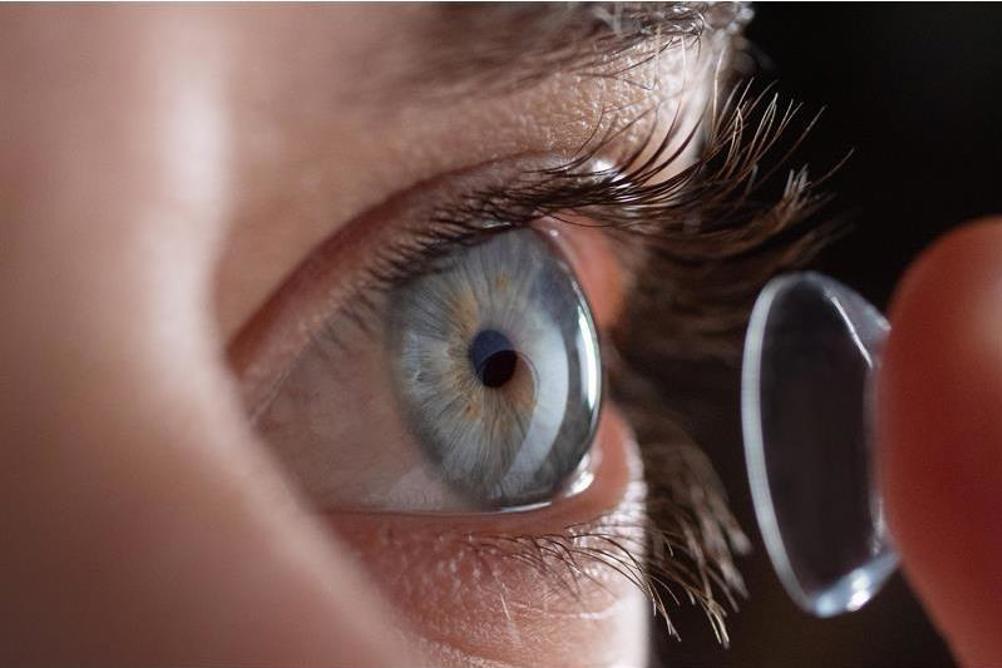
The year 2020 was affectionately termed ‘the year of optometry’ but the new decade has brought numerous challenges to the profession as the ongoing Covid-19 pandemic has seen normal clinical practice greatly disrupted. As the lockdown begins to ease, many aspects of normal optometric and optical functions are being reconsidered.
Due to their application to the ocular surface, the use of contact lenses has faced particular scrutiny and some media reports have advocated the cessation of contact lens use despite the absence of clear evidence for an increased risk of Covid-19 infection or any increase of eye touching during lens wear. Indeed, a recent review of the literature found no relationship between lens use and Covid-19 infection1 and a separate report indicated that coronaviruses such as SARS-CoV-2 (the virus which causes Covid-19) are unlikely to bind to ocular surface cells to initiate infection.2 Related to this, although there are a number of reports of conjunctivitis occurring prior to symptoms of Covid-19,3,4 a United Kingdom report of over 20,000 hospital patients with the disease found that only 0.3% presented with conjunctivitis.5 Although more work is required to fully understand this area and new information is becoming available daily, it appears that the ocular surface is not a major point of ingress for the virus6 and overall, contact lens wear continues to be safe.
Register now to continue reading
Thank you for visiting Optician Online. Register now to access up to 10 news and opinion articles a month.
Register
Already have an account? Sign in here



